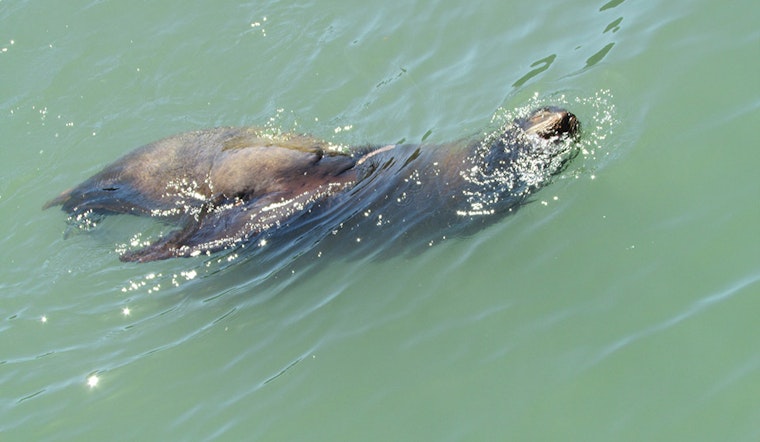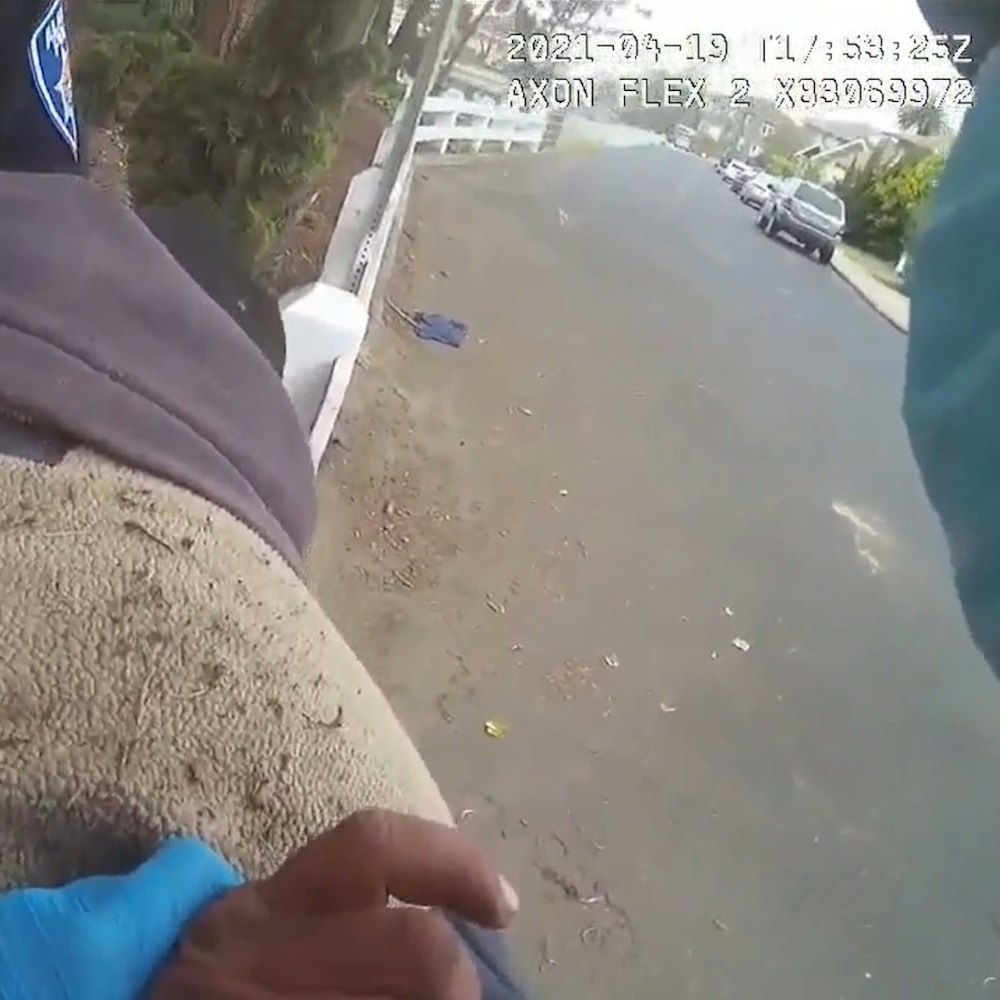
A woman was attacked by a sea lion while swimming at Aquatic Park this morning, the fourth such incident reported at that location in the last month, according to firefighters.
The bite was reported around 7am, and the victim was being cared for on the shore by a retired paramedic when emergency crews arrived at the scene.
Firefighters said the paramedic had also been swimming at the time of the attack and helped the victim back to shore.
She was transported to San Francisco General Hospital with an injury to the knee that was not thought to be life-threatening.
Similar attacks occurred two days in a row last month and those came at the end of a challenging year for sea lions.
In August, the Marine Mammal Center observed an uptick in domoic acid poisoning in sea lions on the San Luis Obispo Coast.
Domoic acid is produced by algae and accumulates in small fish—like sardines, which sea lions eat, causing lethargy, disorientation, seizures and death.
Wayward sea lions had to be rescued from the median of San Francisco's Great Highway near Ocean Beach in May as well as a Vacaville canal in March.
Laura Sherr, spokeswoman for the Marine Mammal Center, said that attacks like the ones at Aquatic Park are infrequent but not unheard of.
"It happens," Sherr said. "It's not super common, but it does happen."
Sherr said humans share the coastline with wild animals. They're easily stressed by humans, and sometimes they bite.
"Sea lions are naturally curious and playful animals so often they will approach swimmers and they're just curious, and maybe they don't realize how serious their bite can be," Sherr said. "It could be defensive, it could be curiosity, but it's hard to know for certain."
For open water swimmers, sea lion bites typically affect the legs, according to a study conducted by center staff. People should usually be treated by a medical professional if there are signs of trauma because of the risk of infection.
In the event of an attack, swimmers should leave the water immediately.
On shore, Sherr stressed that there are lots of sea lion pups being born this time of year, so it's important for humans to keep a distance of at least 50 feet.
Touching or petting a resting sea lion is a bad idea and it's prohibited by the Marine Mammal Act, according to the center. Flying drones too close can adversely affect their behavior, and is also prohibited.
Via email, Dolphin Club President Reuben Hechanova told Hoodline that "Swim At Your Own Risk" signs have been posted in the area.
He added that police and the National Park Service aren't restricting access to the water, but it's "not guaranteed to be a safe environment at this time." Until further notice, the swim club is monitoring the situation with NPS.
Reported by Dave Brooksher









